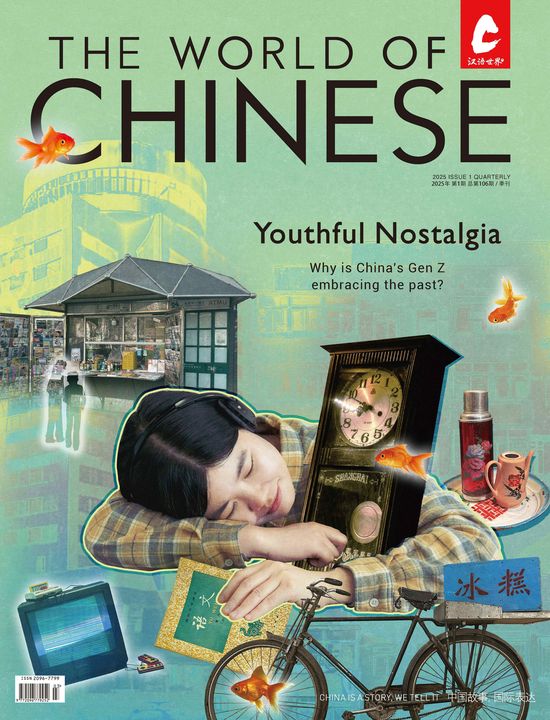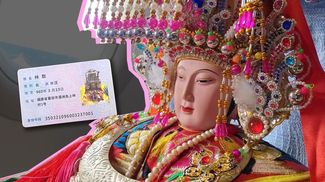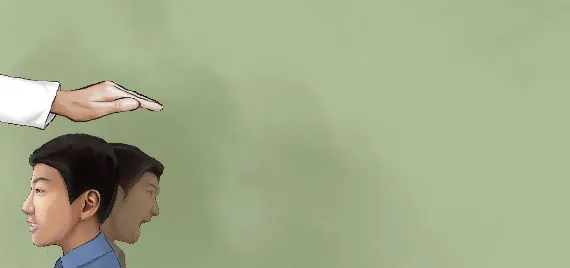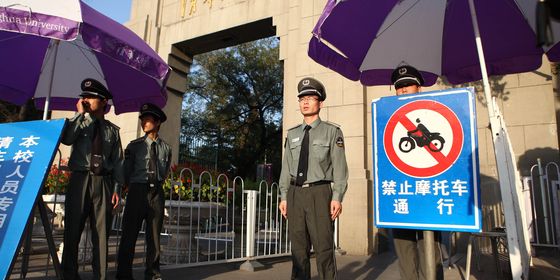Struggles facing those with bipolar disorder and schizophrenia
When bipolar disorder hit Yangu Moqing, a 28-year-old college instructor of biochemistry in Guizhou Province, he was initially defensive. “I was first diagnosed with depression while I was in graduate school in 2006, but I didn’t take it seriously and refused to take any medicine,” Yangu says, preferring to use an assumed name. “Two years later, I suffered a serious relapse.” While he doesn’t go into this further, the incident clearly affected Yangu deeply.
“I realized I needed help,” Yangu admits. “I turned to a new doctor and after a long period of observation, it was confirmed that I had bipolar disorder…I have to take medicine for the rest of my life.” His college mates and professors know about his condition, but he won’t tell the university at which he teaches.
Bipolar disorder, characterized by a alternation between episodes of depression and mania, affects around 60 million people worldwide and is responsible for the loss of more disability-adjusted life years (DALY) than cancer according to the World Health Organization, mainly because it involves an early onset and a lifetime of struggling with symptoms. But, sometimes, sufferers don’t get a lifetime. It is estimated that 25 to 50 percent of bipolar patients attempt suicide at least once at some point according to John Hopkins University, and ten percent of those attempts are successful. In China the disease remains relatively obscure.
Diagnosing bipolar disorder is notoriously difficult, requiring a detailed medical history, close observation, and constant communication between patient and doctor. Dr. Cui Yong, chief physician at Beijing Huilongguan Hospital, a first-class psychiatric hospital and one of the three largest psychiatric hospitals in China, explains: “Mental illness is a subjective experience. It’s not like you can do a CT scan or MRI of the brain and instantly know what’s going wrong. It requires a lot of self-reporting and long-term monitoring. From time to time, I would get calls from patients’ relatives asking for my diagnoses via phone. I told them it was impossible,” Cui states, adding that the treatment is even more difficult. “The medication dosages have to be adjusted gradually, and this kind of medicine is highly personalized depending on the requirements of the individual.”
Exactly how many people nation-wide are suffering from bipolar disorder is unknown. The latest national survey conducted in the early 1980s showed a mere 0.042 percent suffering from this disorder, whereas North American research data states that three percent of the general population suffers from bipolar disorder. Even in the US, it is estimated that more than half of bipolar sufferers do not receive treatment, and the numbers are likely to be higher in China.
There are certainly historical reasons for low awareness in China’s underdeveloped mental health industry. Modern psychiatry entered China only about a century ago, in the first half of which the country was torn by warfare and chaos. In the 1950s and 60s, although the new trend psychoanalysis was all the rage in the West, behavioral psychology still dominated the psychiatric field in China due to the influence of the former Soviet Union. Over the next decade amidst the Cultural Revolution, Western science was denounced and psychiatrists turned to traditional Chinese medicine for salvation. In an extreme case reported by People’s Daily in 1971, a hospital treated mental patients successfully with Mao Zedong Thought. “To overcome mental disorder requires mental power; to treat mental illness requires invincible Maoist thought,” the doctors were quoted as saying.
The situation changed in the 1980s as China strove to catch up. Until 2001, homosexuality was still listed as a mental disorder in the Diagnostic Criteria of Mental Disorders, a standard guide for mental health practices. The study of bipolar disorder lagged behind as a result, and with it public awareness.
On rare occasions, bipolar disorder manages to get on the public’s radar, often when a celebrity breaks the news. Back in 2013, author of the best-selling book series The Grave Robbers’ Chronicles, Nanpai Sanshu, declared on Weibo that he would give up writing at the peak of his career as well as his marriage of ten years. “Sorry, I can’t take it anymore,” he wrote. His family later revealed that he had been diagnosed with bipolar disorder and schizophrenia a few months earlier and had refused treatment ever since. Online rumors whirled that he had even killed himself. The term “crazy” was used with careless abandon.
“It was a bizarre feeling; you sit in a spot where people rarely sit and see the world from a strange angle. You think of all the people you know, none will ever understand your view,” he wrote in the afterword of his last book before giving up his writing. “No matter who you are, the world ignores you in such a state.” Nanpai Sanshu was eventually admitted to hospital to receive treatment.
It’s not news to say that mental patients are targets of discrimination, often choosing to stay quiet about their condition. “There are not many patients who voluntarily open up about their illness. Most are forced to when they have an episode in the work place,” says Yangu Moqing. “People see them as ‘abnormal’.”
In Yangu Moqing’s opinion, discrimination is a deeply-rooted problem that exists everywhere: the public, medical care providers, and, worst of all, the sufferers themselves. “Schizophrenia is the lowest on the mental illness ladder,” he says. “Patients with depression may look down on them and say ‘at least I’m not a psycho’.”
“New Solutions for New Disorders” is a story from our newest issue, “Mental Health”, coming out soon. To read the whole piece, become a subscriber and receive the full magazine. Alternatively, you can purchase the digital version from the iTunes Store.












